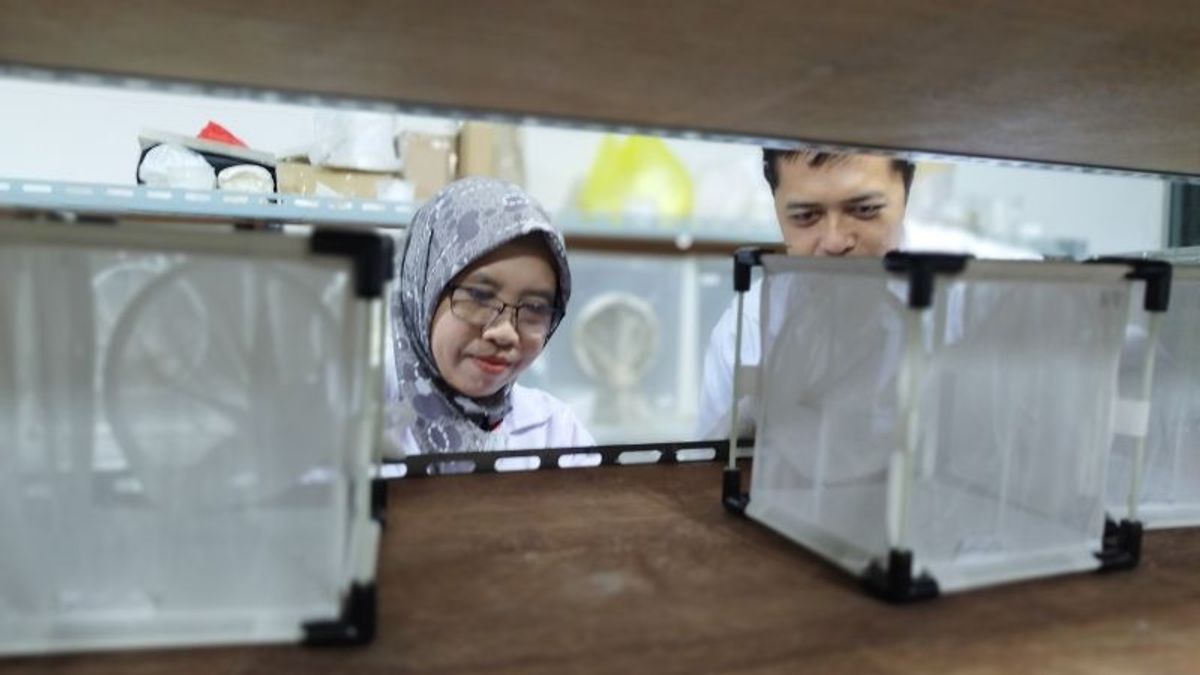JAKARTA - The National Research and Innovation Agency (BRIN) applies a sterile insect (TSM) technique in the Aedes Aegypti mosquito to suppress the population that causes dengue hemorrhagic fever (DHF). "The goal is that the population of DHF mosquitoes can be suppressed to a safe limit," said Research Center for Research on BRIN Nuclear Energy Organization Radiation Process Research Beni Ernawan in Jakarta, Wednesday. He explained the method used in TSM to utilize exposure to Cobalt 60 gamma radiation and Cesium which was exposed when the DHD mosquito was in the pupa phase. The main target of this technique is to guide the male mosquito Aedes Aegypti so that despite mating, the female egg cannot hatch. He said one of the main weaknesses of this technique the competitiveness of marriage (matching competitiveness) decreases compared to the normal male (nonirradiation) "Nyamuk male sterile who is exposed to gamma rays, its lifetime, and the competitiveness of marriage" he said.
SEE ALSO:
The English, Chinese, Japanese, Arabic, and French versions are automatically generated by the AI. So there may still be inaccuracies in translating, please always see Indonesian as our main language. (system supported by DigitalSiber.id)

















